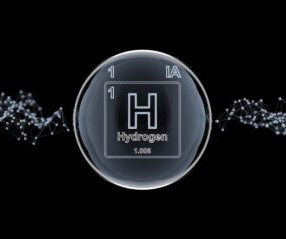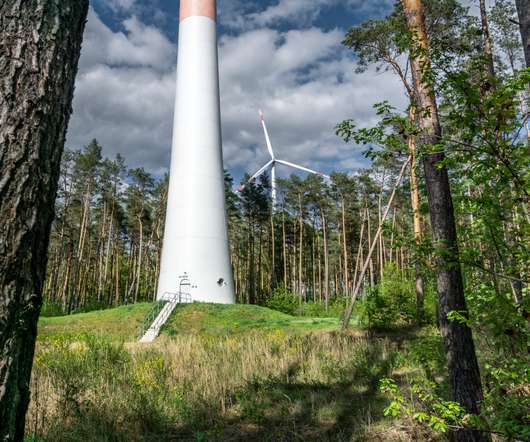Clean Hydrogen: How It’s Produced and What We Can Do with It
Law and Environment
MAY 4, 2023
SMR requires steam, heat, and pressure to convert methane (in natural gas) to hydrogen and carbon monoxide. There’s also “pink” hydrogen—produced via electrolysis with electricity from nuclear power—and “blue” hydrogen—produced via SMR but with carbon capture and sequestration, among other colors. What’s with the colors?













Let's personalize your content